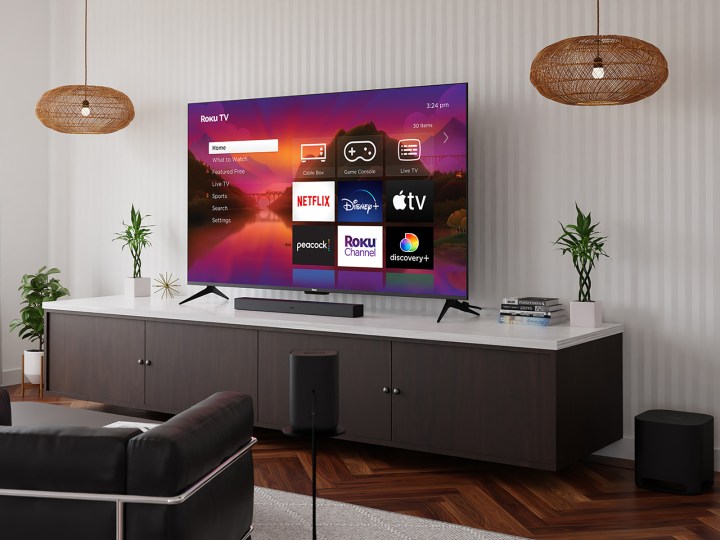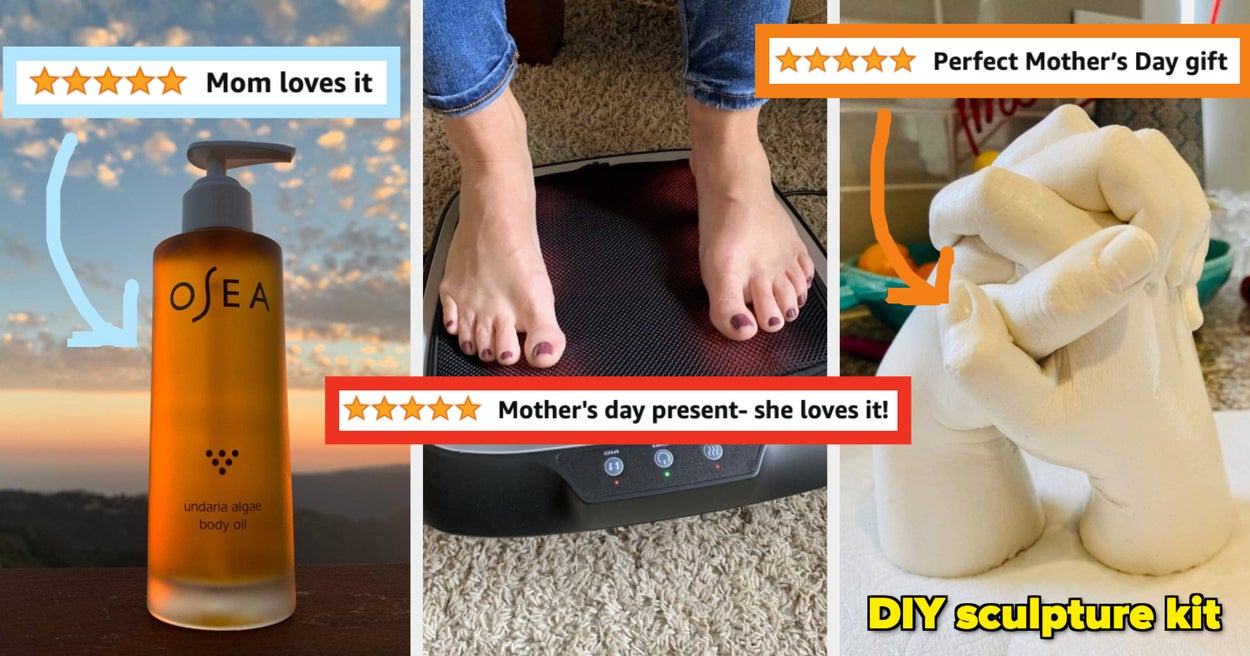Roku makes TVs now.
If reading that makes you feel a little confused, you aren’t alone. So-called “Roku TVs” have been available to purchase for years, and essentially 75% of all new smart TVs in the U.S. run Roku. But while those TVs were powered by Roku’s operating system — the same system found in Roku streaming boxes and sticks — the TVs themselves were built by Hisense, TCL, and a handful of other brands.
So when I say that Roku makes TVs now, I mean that Roku now sells TVs under its own brand name. They truly are Roku TVs for the first time.
But is this a good idea? The TV business isn’t easy to break into, and though Roku has a strong brand associated with TVs, you have to wonder if that will be enough.
A blueprint for success?
Roku has been making blueprints for TVs for years now. It specs out plans for all kinds of details, such as what kind of power supply is needed, where to put the power supply, where to put the HDMI board, where to put the speakers, how much power to feed the speakers, and so on. Where those parts are sourced from, and which parts of the blueprint to use and ignore, has always been up to the company whose logo was on the front of the TV.
And Roku has seemed happy with its place in the TV business. It provided those blueprints to manufacturers and, along with it, its TV operating system. It continues to make streaming boxes and sticks, has its own advertising business — for ads in content, as well as display ads on home screens — and has been developing its own entertainment channels, like the free Roku Chanel.
This is all big business. The company’s net revenue on the platform side (as in everything but devices) for 2022 was about $3.1 billion, up 13% year over year. The hardware continues to be a loss leader and isn’t making money. But Roku ended the year with some 70 million active users worldwide, up 16% year over year.
And it makes sense that Roku would want to continue to grow (its shareholders would demand it in any event). But is making your own TV — becoming a TV brand — the right move when hardware loses money and your business has been based on partnerships with other TV brands? You have to wonder what kind of impact this will have on partnerships with brands like TCL and Hisense, which also have shown a willingness to produce Google TVs. Maybe it’s all smiles and handshakes now, but what if Roku’s TVs were to take a bite out of TCL and Hisense’s business? It’s fine to say, “Hey, there’s room enough for all of us!” But is there really?
Potentially upsetting partnerships is one risk Roku has taken on. But no matter how all of that plays out, there’s another inescapable risk: Roku needs its new TV division to succeed. Starting a TV brand requires huge investments, but TVs don’t come with a lot of profit margin. Roku’s never been about making money off its hardware — it gets its payday from its operating system, the licensing and ad revenue that comes through it, and, more recently, the content it’s making (see Weird: The Al Yankovic Story) to help sell those ads.
In other words, Rokus TVs look more like a Trojan horse than a cash cow as far as revenue is concerned.
Roku-colored glasses?
I can’t help but wonder if Roku decided to make this big move during the recent salad days when a lot of tech companies were experiencing a bit of a high as everyone was locked down at home. For Roku, that meant a lot of streaming. It ended the first three months of 2020 with 39.8 million active users. That number is nearly doubled today.
Now that things have reached a new normal, though, a lot of tech companies are experiencing a pretty uncomfortable comedown, Roku included. And that raises the stakes. Roku’s TVs really need to sell.
Fortunately, Roku’s brand is on solid footing. But I do think folks who don’t know the ins and outs of the TV-making business may wonder if Roku can really make a good-looking TV just because it makes well-received streaming boxes and sticks.
We’re about to find out. I recently received the Roku Plus Series, which Roku says offers the right blend of premium and accessible. Roku told me it made a TV for streaming and that it put its efforts — and the associated costs — into things like full-array local dimming and quantum dot color brightness expansion, while saving costs by using a 60Hz panel instead of a 120Hz panel, and not leaning too hard into a bunch of gaming features.

The MSRP for the 65-inch Plus Series is $800, but it is already on sale for $650 — and I suspect it will end up settling at that price. The 55-inch version is on sale for $500 and the 75-incher is $1,000 — all are available exclusively at Best Buy, at least for now. Those prices are compelling as it stands, but if Roku’s TVs perform well compared to TCL and Hisense’s liked-price competition, then Roku could force some shifts in the TV market. How many bang-for-your-buck leaders can we have until premium brands are forced to reduce their prices?
To find out how Roku’s Plus Series fares, be sure to check out our Roku Plus Series TV review.
Editors’ Recommendations
Source link










Leave a Reply